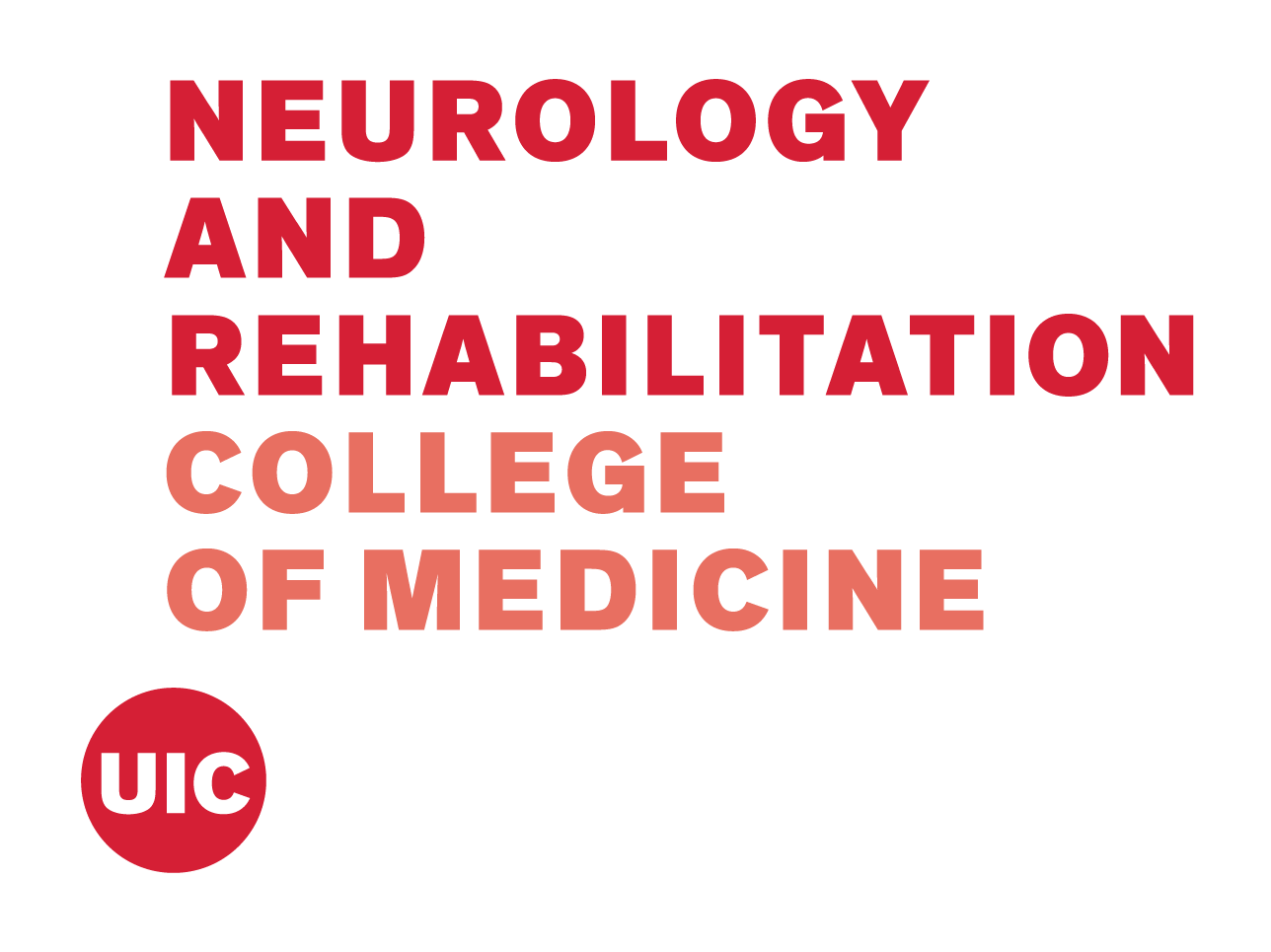
Subarachnoid Hemorrhage – Subarachnoid hemorrhage (SAH) is a devastating form of hemorrhagic stroke that accounts for 5-10% of strokes annually and is most commonly caused by the rupture of cerebral aneurysms. While the incidence of aneurysmal SAH is lower compared to that of ischemic stroke, it occurs in younger patient populations, has a higher mortality, and confers a significant impairment of quality of life. Brain injury after SAH can be divided into three stages – early brain injury (EBI), delayed neurological deterioration (DND), and chronic, life-long impairment. Despite intense research, progress toward the development of effective treatments for SAH has been unacceptably slow. Our lab focuses on each of these stages using a combination of in vitro cell culture systems, preclinical rodent models, and studies of patient cerebrospinal fluid (CSF) and serum samples obtained from the UIC Hospital Neurosurgical ICU (NSICU). Our lab seeks to study pathogenic processes contributing to brain damage after SAH with the goal of developing new therapies.

Sphingolipids in Cerebrovascular Disease – Sphingolipids are normal constituents of biological membranes which regulate numerous vital cellular processes including cell differentiation, proliferation, survival, and apoptosis. Ceramide is considered a deleterious sphingolipid that has been associated with mitochondrial dysfunction and neuronal apoptosis. The detrimental effects of ceramide are counterbalanced, in part, by sphingosine-1-phosphate. We have demonstrated that profound changes in the profile of sphingolipids take place in the CSF of patients with SAH, with a dramatic shift in the production of protective in favor of deleterious sphingolipids. These changes were associated with neurological disability. In experimental stroke models, we were able to determine the biochemical pathways that contribute to these changes. We are now investigating the use of sphingolipid analogs (such as the immunomodulatory drug fingolimod currently used for the treatment of multiple sclerosis) in the treatment of cerebrovascular disease.
Predictors of Outcome in Stroke – Our team has also participated in various clinical projects related to the study of different stroke subtypes. Previous studies included the African American Antiplatelet Stroke Prevention Study (AAASPS) to investigate the role of sex, race, and ethnicity as a determinant of outcome.We have also investigated the role of endogenous antiangiogenic factors as predictors of vasospasm in SAH patients in collaboration with Dr. Sepideh Amin-Hanjani in the Department of Neurosurgery. Dr Testai also serves as the local principal investigator for the Ethnic/Racial variations of IntraCerebral Hemorrhage (ERICH) multicenter study investigating risk factors of intracerebral hemorrhage (ICH). Current projects in the lab are focusing on cognitive outcomes in low vs. high-grade SAH patients, inflammatory changes in CSF and serum as predictors of outcome, and the relationship between diagnostic Transcranial Doppler (TCR) ultrasonography and inflammatory biomarkers.
Cerebral Hemodynamics– Our team has participated in the investigation of novel neurovascular imaging modalities that could be used in the risk stratification of recurrent stroke in collaboration with the Departments of Neurosurgery and Ophthalmology. We have participated in studies of the role of conjunctival microvascular hemodynamic assessment in patients with cerebral ischemia and the role of non-invasive quantitative magnetic cerebral angiography in patients with posterior circular (vertebrobasilar) insufficiency.
Neuroinflammation in Cerebrovascular Disease – One of the most significant components of early brain injury following subarachnoid hemorrhage is a robust inflammatory response throughout the central nervous system (CNS), specifically an increase in activated microglia, the resident immune cells of the brain. Our team is studying this phenomenon through in vitro cell culture models, the endovascular perforation model of subarachnoid hemorrhage, and studying inflammatory signaling profiles in SAH patient CSF to better understand how neuroinflammation following rupture of cerebral aneurysms contributes to poor outcome. Our goal is to target early neuroinflammation after SAH using available and novel therapeutic agents to improve outcome.

Electrographic Changes in the Brain following Subarachnoid Hemorrhage – Unlike other forms of stroke, subarachnoid hemorrhage for unknown reasons leads to the developmentof electrographic abnormalities throughout the CNS. These abnormalities may persist long-term, and in some patients (up to 10%) can lead to life-long epilepsy, characterized by chronic occurrence of spontaneous seizures. Using our rodent models and data obtained from SAH patients, our lab is studying various electrographic changes in the brain following SAH to better understand how these impairments develop, with the ultimate goal of preventing post-SAH epilepsy and associated neurocognitive impairment. For this project we are excited to collaborate with Dr. Jeffrey Loeb, M.D., Ph.D., Chair of Neurology, and expert in the field of epilepsy.
